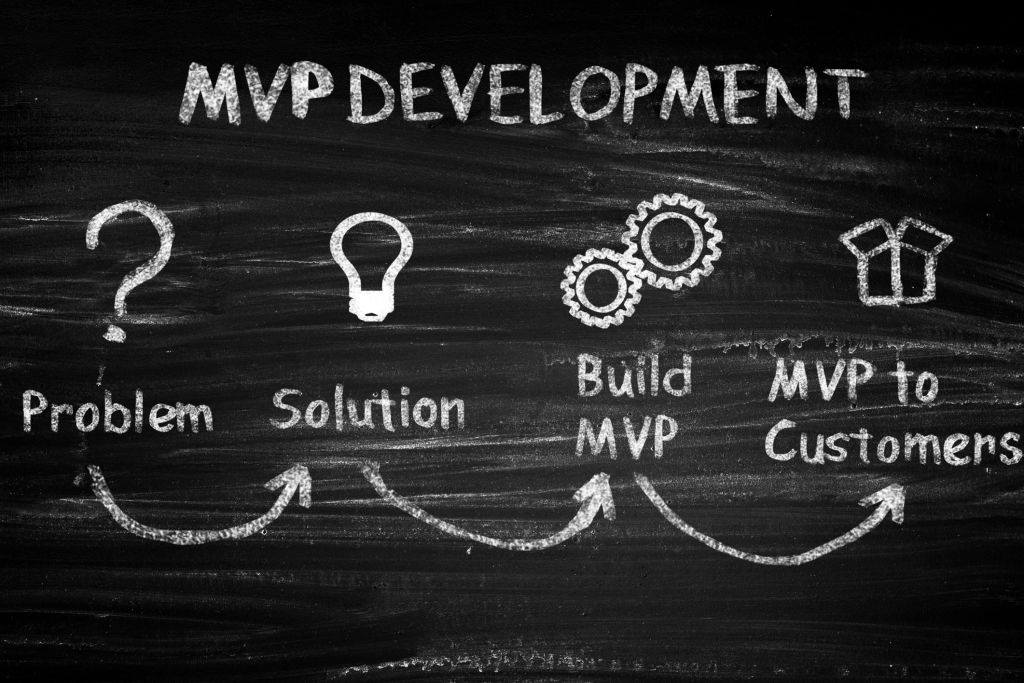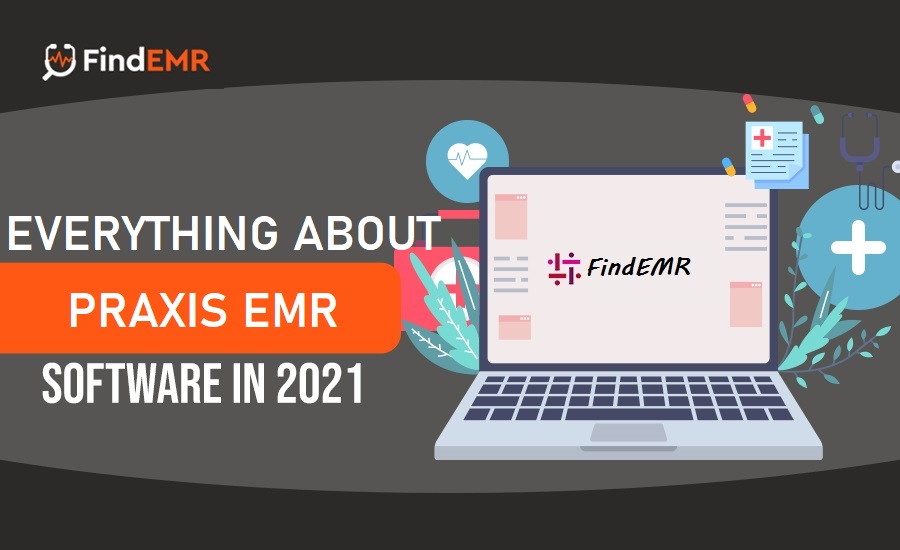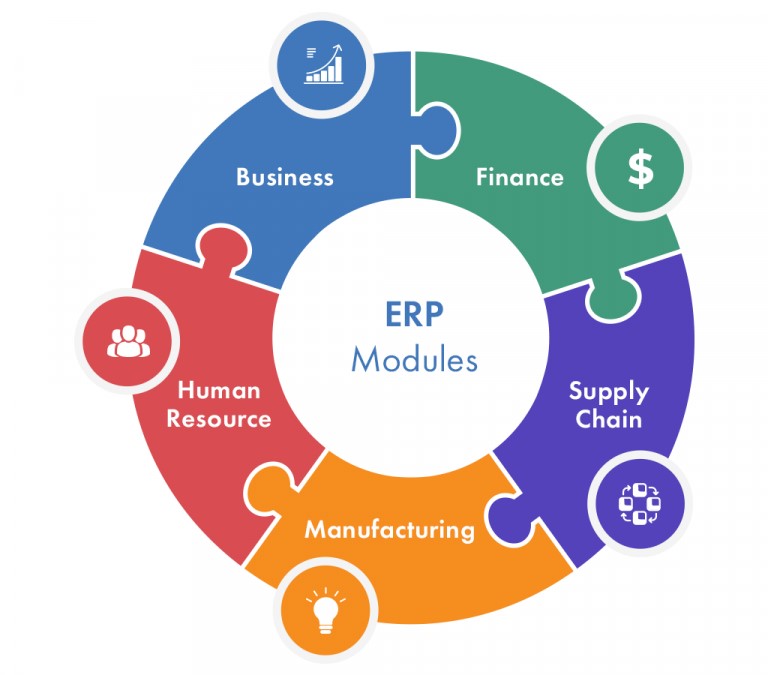According to the State of cloud security report by Sophos, 70% of the organization who is hosting data and workloads in the public cloud have experienced a cybersecurity incident. 66% of organizations leave their backdoor open due to misconfigured cloud services. The report also revealed that businesses that adopted a multi-cloud environment tend to face more security issues as compared to businesses that are only using a single platform.
With more and more businesses adopting a hybrid or multi-cloud setup, this can become a serious concern. What’s even worse is that most organizations are also dealing with talent shortfall and are struggling to fill in cloud security positions. How can businesses boost their cloud security in such a situation?
In this article, you will learn about five important things you must have in order to beef up your cloud security.
-
Strategy
Your cloud security program will never succeed without a cloud security strategy. Sadly, most businesses either don’t have a cloud security strategy or even if they do, they fail to implement it the right way. If you belong to the former group, then here is how you can create a cloud security strategy for your business.
Start off by creating a security baseline for your cloud environment. Next, know where your most critical data is stored and who has access to it. Now, it is time to define your security compliance and regulatory needs and implement the right controls to fulfill those requirements. Finally, create a target state or roadmap to launch your cloud strategy implementation. Once your cloud strategy is enforced, it will guide your decision-making as far as security is concerned.
-
Cloud-Native Security
When you acquire cloud services from cloud providers they also offer some native security controls. You need to ask yourself whether these controls enough to ensure the safety of your cloud environment. These tools can help you restrict the number of third-party licenses, makes integration and resource management a breeze.
In order to effectively implement cloud-native security, you will have to answer few questions.
- Which cloud-native controls make the most sense for your existing cloud infrastructure?
- How mature are the cloud-native security controls?
- How will you tweak, implement and configure these controls?
- How will these controls integrate with your existing cloud infrastructure?
After you have chosen the right native security controls, you need the right architecture and policies in place in order to manage those native security controls effectively. In addition to this, you also need a governance layer in order to extract useful insights from the data and make decisions based on that data.
-
Posture Management
Configuring the cloud the right way and ensuring compliance is critical for the success of your cloud security. The problem occurs when your different functional units are using cloud infrastructure but they follow different global industry standards. To manage this, you need deeper context and understand the correlation faster so you are in a great position to identify and respond to security issues before they could wreak havoc on cloud infrastructure.
For all that, you need cloud security posture management to solve these problems. Here are some of the benefits of managing cloud security posture management.
- Prevent data breaches and help you respond to cloud misconfiguration faster
- Constantly improve your security and compliance posture
- Leverage cloud security insights for identifying cloud issues
- Ensure compliance with regulatory bodies by constantly monitoring your cloud asset inventory
The core purpose of cloud security posture management is to streamline the cloud security process, pave the way for rapid adoption and minimize the possibility of a cyber-attack. You can also change your cloud security posture according to your dynamic cloud needs.
-
Container Security
If you have placed your applications inside containers for security reasons, this will not only increase complexity but also make it harder for you to gain visibility. What’s more, if you are scaling rapidly, which most businesses are, then you will get little to no time for testing. This could also increase the risk of container compromise.
Thankfully, you can still take steps to secure your container workloads and hybrid cloud just like you can do with the best dedicated server. For this, you need a well-thought-out strategy, followed by integration between services, design, and implementation. Once you place all the pieces of the puzzle in the right place, you can
- Supplement your security posture
- Efficiently manage services spread across the multi-cloud ecosystem
- Achieve compliance and regulatory goals
- Manage all security functions from a one place
-
Application Security
The growing demand for new applications and cloud innovation has forced developers to focus more on creating more applications in less time. This has reduced the application development cycle. In order to strike the perfect balance between quality and development, the development and operational team will have collaborated more efficiently which gave rise to DevOps.
This will not only help businesses minimize errors and ensuring compliance while bringing new products faster to the market. From a security standpoint, you should consider the DevSecOps approach as it instills some of the security best practices into your cloud workloads.
What it will do is that it will create an agile culture with an increased focus on continuous feedback. This feedback loop combined with effective collaboration between the development and operational team will lead to secure deployments and increased autonomy.
Moreover, it will result in better alignment between your security strategy, risk, compliance, and governance. Not only that it will also enable you to automate some of the processes for higher productivity, speed, better reliability and security.
Conclusion
Let’s sum it all up. Start off by creating a dedicated cloud security strategy and look for cloud-native security provided to you by the service provider. Once that is done, you need to divert all your attention towards improving cloud security posture management. Secure your applications by enhancing the application security and taking full advantage of container security. This will bring a massive improvement in your overall cloud security.
How do you bolster your cloud security? Share it with us in the comments section below.






